
A truck loaded with goods from Nepal enters the Gyirong port in Southwest China's Tibet autonomous region, Dec 28, 2022. (Photo/Xinhua)
The Tibet autonomous region stepped up its policy support for foreign trade with its total exports and imports growing steadily last year.
The region's foreign trade grew by 14.6 percent year-on-year to 4.6 billion yuan ($680 million) in 2022, customs data showed. The growth rate was 6.9 percentage points higher than the country's average growth rate for the year.
According to Lhasa Customs, Tibet's exports reached 4.3 billion yuan, while imports stood at 292 million yuan last year. In the first two months of the year, foreign trade hit 480 million yuan.
"Over the past year, the region has been actively implementing the related policies and measures for foreign trade released by the central and regional governments," Dedron, an official in the foreign trade office of the regional commerce department, was quoted by Tibet Daily as saying.
"More than 140 enterprises involved in foreign trade in the region were surveyed to learn their difficulties and challenges, and special funds were allocated to ensure the stable operation of foreign trade in the region."
Tibet has been working on the construction of a border logistics platform and channel in recent years, she added. The establishment of the Gyirong Border Economic Cooperation Zone and the Lhasa Comprehensive Cross-border E-commerce Pilot Zone was approved this year.
The Ministry of Commerce has allocated 20 million yuan in special funds to support the construction of the Gyirong Border Economic Cooperation Zone.
The Lhasa Comprehensive Cross-border E-commerce Pilot Zone finalized its first transaction — 40 metric tons of wool and 20 tons of cashmere — to Nepal earlier this year.
Over the past year, the export freight volume of the region's ports of Zhangmu and Gyirong with Nepal hit 97,000 metric tons, an increase of 5 percent year-on-year. The export trade volume with Nepal reached 2.8 billion yuan, almost the same as in 2021.
"Tibet has been actively building a new land-sea trade channel over the past few years, and the region has been connecting with provinces and municipalities including Shaanxi, Qinghai, Guangdong and Chongqing to promote the building of an open channel with South Asian countries," said Dedron.
"The region has held talks with Nepal's Ministry of Industry, Commerce and Supply in the areas of port construction, clearance, investment, trade facilitation, and broadening economic and trade cooperation," she said.
"Next, we hope to lead more foreign enterprises in the region to explore international markets, and to promote the exports of more plateau products, including bottled water, barley products, yak meat and fungus," she added.
Sonam, a resident of Lhasa who has been engaged with foreign trade for almost three years, said rice from Pakistan and milk powder from Sri Lanka are popular with locals in Lhasa.
"I have been working with partners to sell rice, milk powder and tea leaves in Tibet, and hope to build my own foreign trade company in Lhasa soon," Sonam said. "In 2021, I made an income of around 500,000 yuan from the trade business."











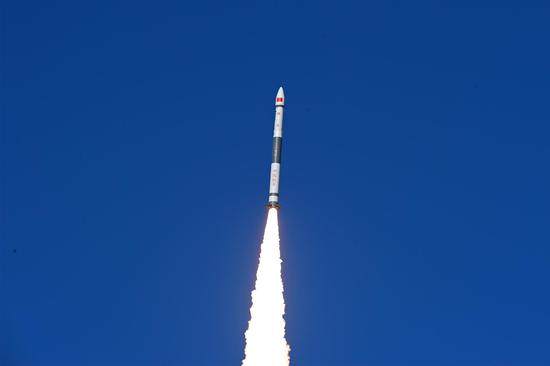





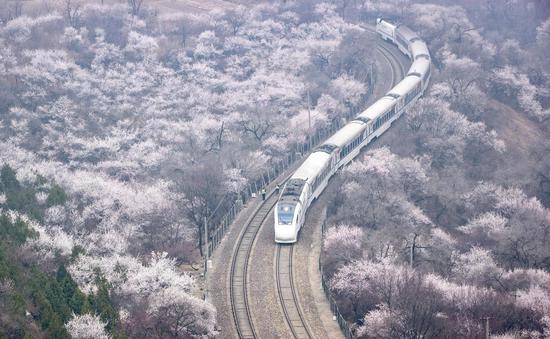
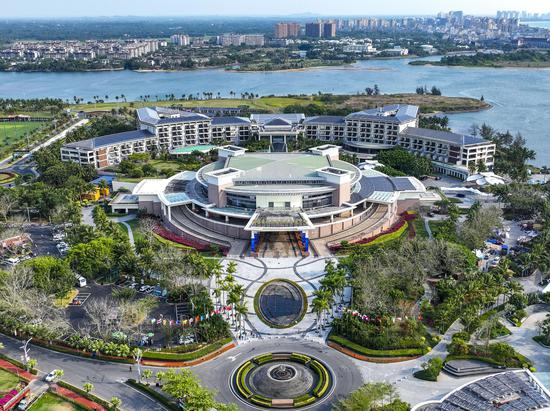
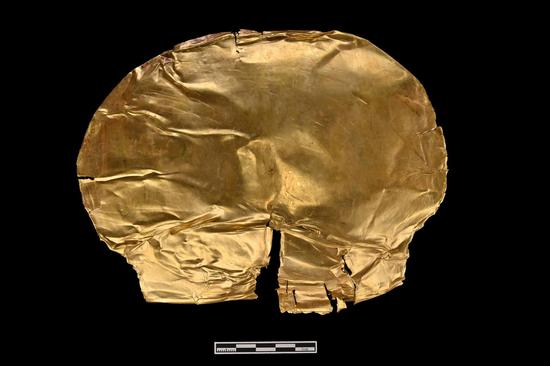


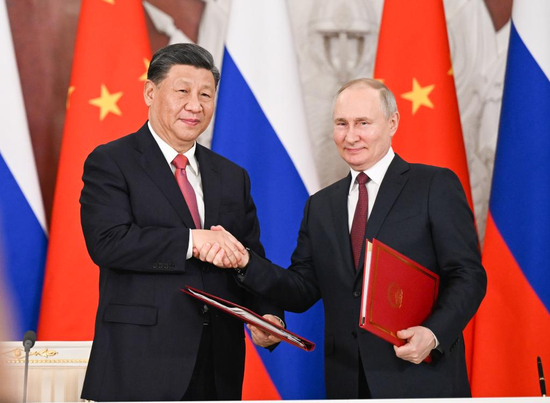
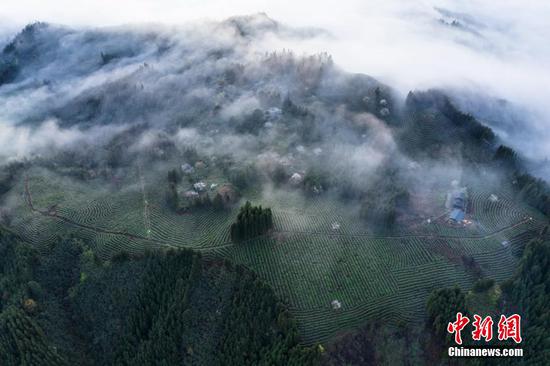
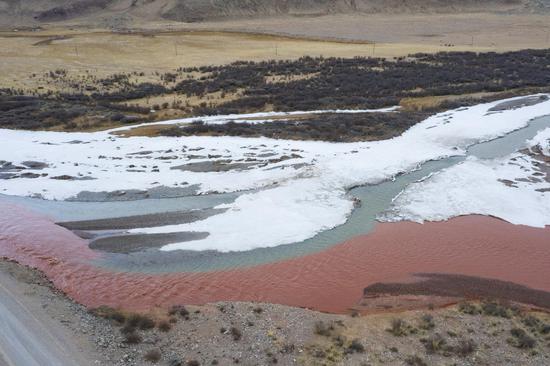
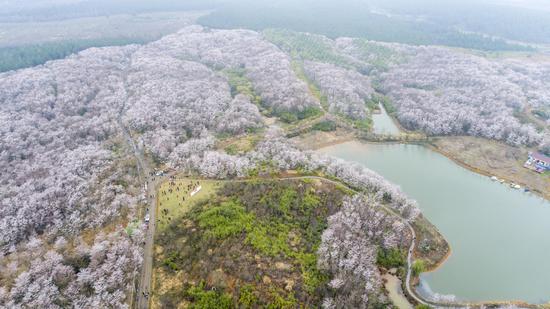







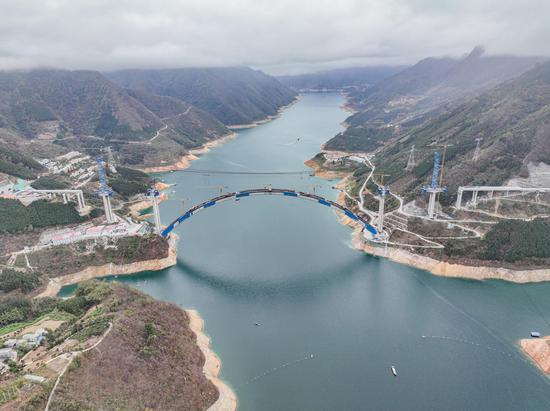

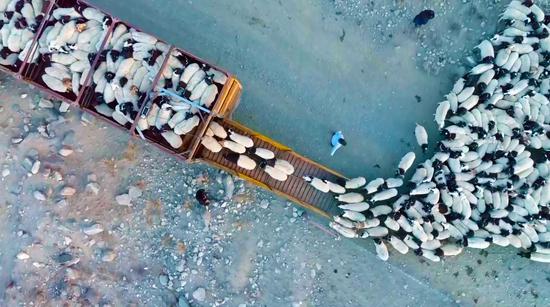


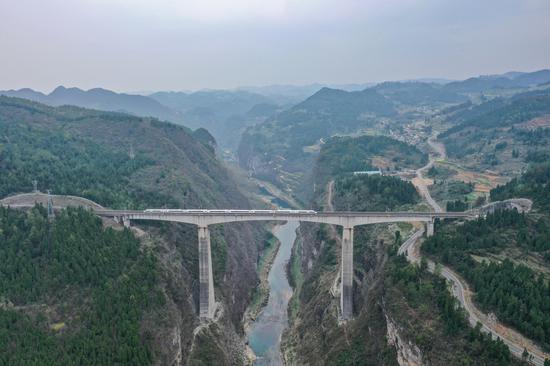
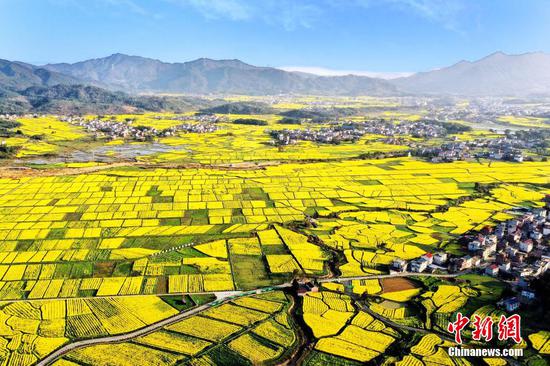










 京公网安备 11010202009201号
京公网安备 11010202009201号